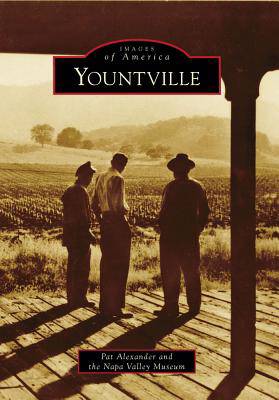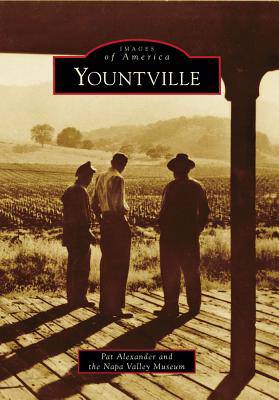
- Afhalen na 1 uur in een winkel met voorraad
- Gratis thuislevering in België vanaf € 30
- Ruim aanbod met 7 miljoen producten
- Afhalen na 1 uur in een winkel met voorraad
- Gratis thuislevering in België vanaf € 30
- Ruim aanbod met 7 miljoen producten
Zoeken
€ 34,95
+ 69 punten
Uitvoering
Omschrijving
Over the past decade, the town of Yountville has received worldwide recognition as a tourist destination specializing in fine wine, luxurious hotel and spa accommodations, and award-winning restaurants. In fact, these achievements and accolades have earned it the name "Heart of the Napa Valley." Longtime residents, however, realize that Yountville's temperate weather, rich soils, and serene environs have been attracting visitors to the area not for decades but rather for thousands of years. The original indigenous residents called the surrounding area Caymus and constructed their homes out of willow and tule. Later the village of Caymus became known as Sebastopol, a name used by mountain man George C. Yount, the first American settler to receive a Mexican land grant. Yount's Kentucky-style blockhouse provided a welcome mat for many of California's early pioneers. He is also credited with planting some of the first grapevines in the Napa Valley. Upon his death in 1865, local residents wanted to honor the contribution of Yount and changed the name from Sebastopol to Yountville.
Specificaties
Betrokkenen
- Auteur(s):
- Uitgeverij:
Inhoud
- Aantal bladzijden:
- 128
- Taal:
- Engels
- Reeks:
Eigenschappen
- Productcode (EAN):
- 9780738569659
- Verschijningsdatum:
- 1/04/2009
- Uitvoering:
- Paperback
- Formaat:
- Trade paperback (VS)
- Afmetingen:
- 163 mm x 231 mm
- Gewicht:
- 317 g

Alleen bij Standaard Boekhandel
+ 69 punten op je klantenkaart van Standaard Boekhandel
Beoordelingen
We publiceren alleen reviews die voldoen aan de voorwaarden voor reviews. Bekijk onze voorwaarden voor reviews.











